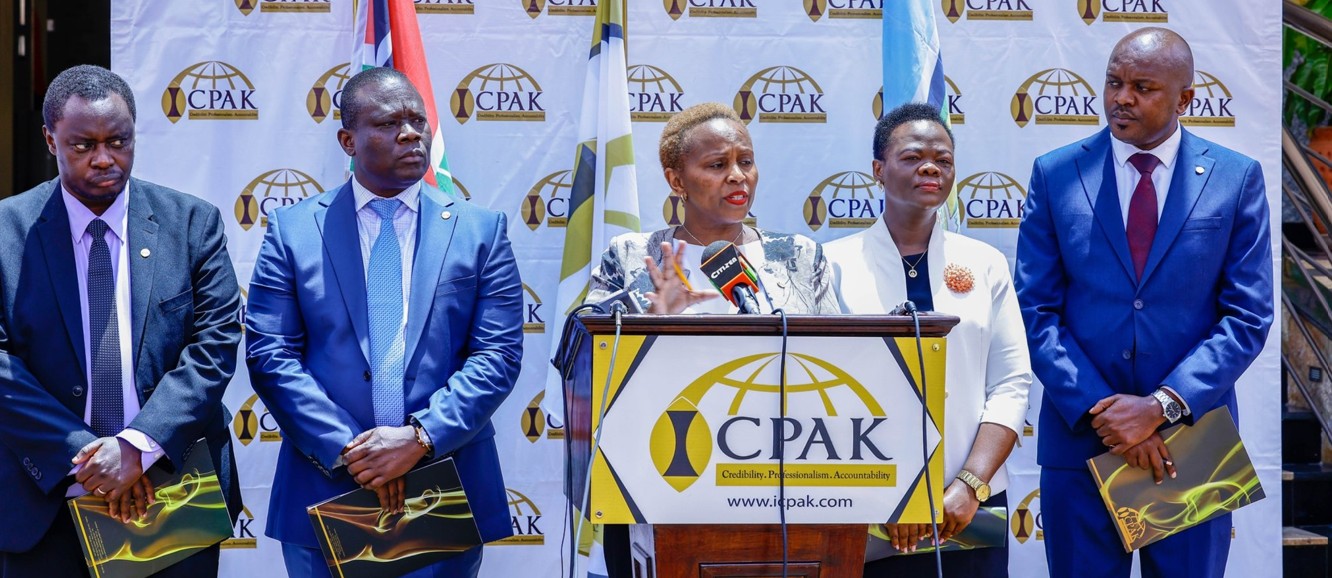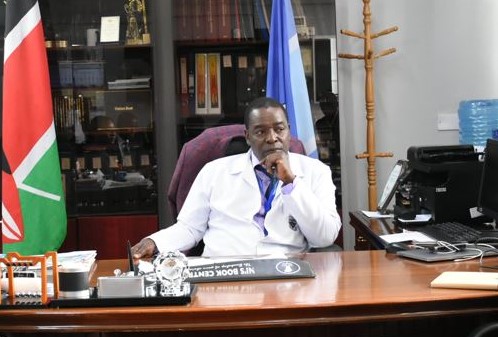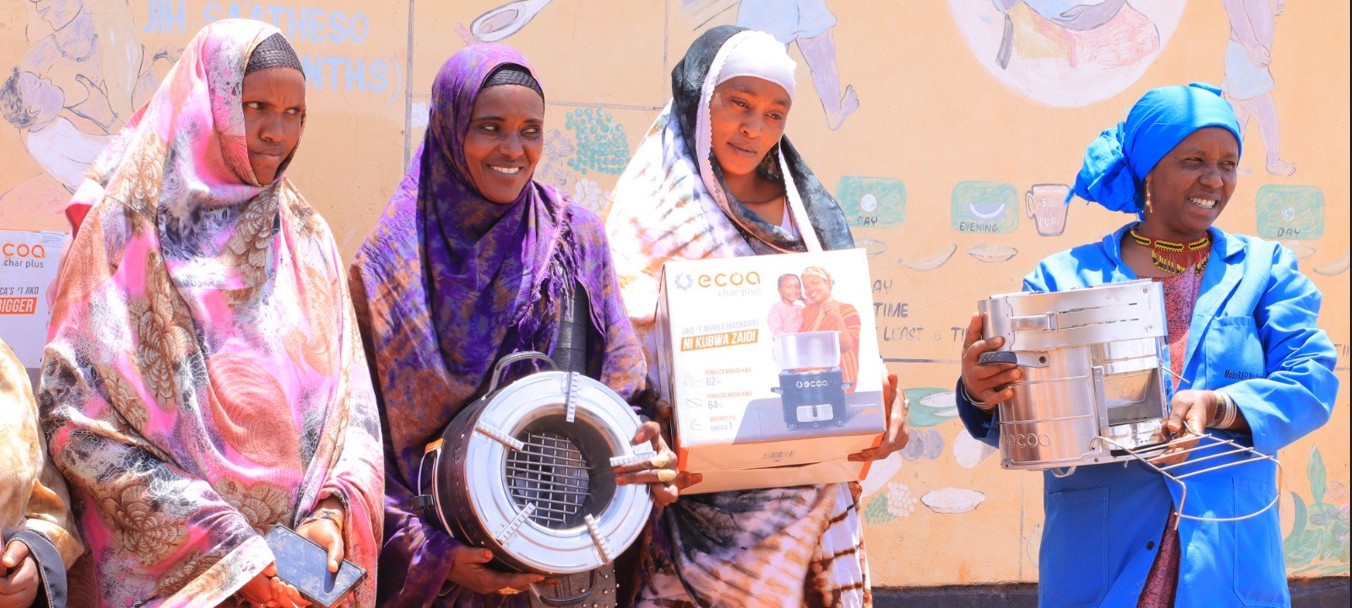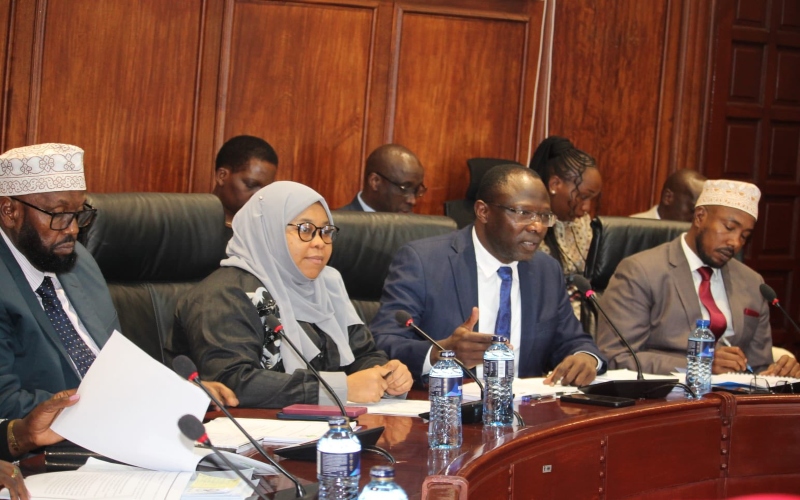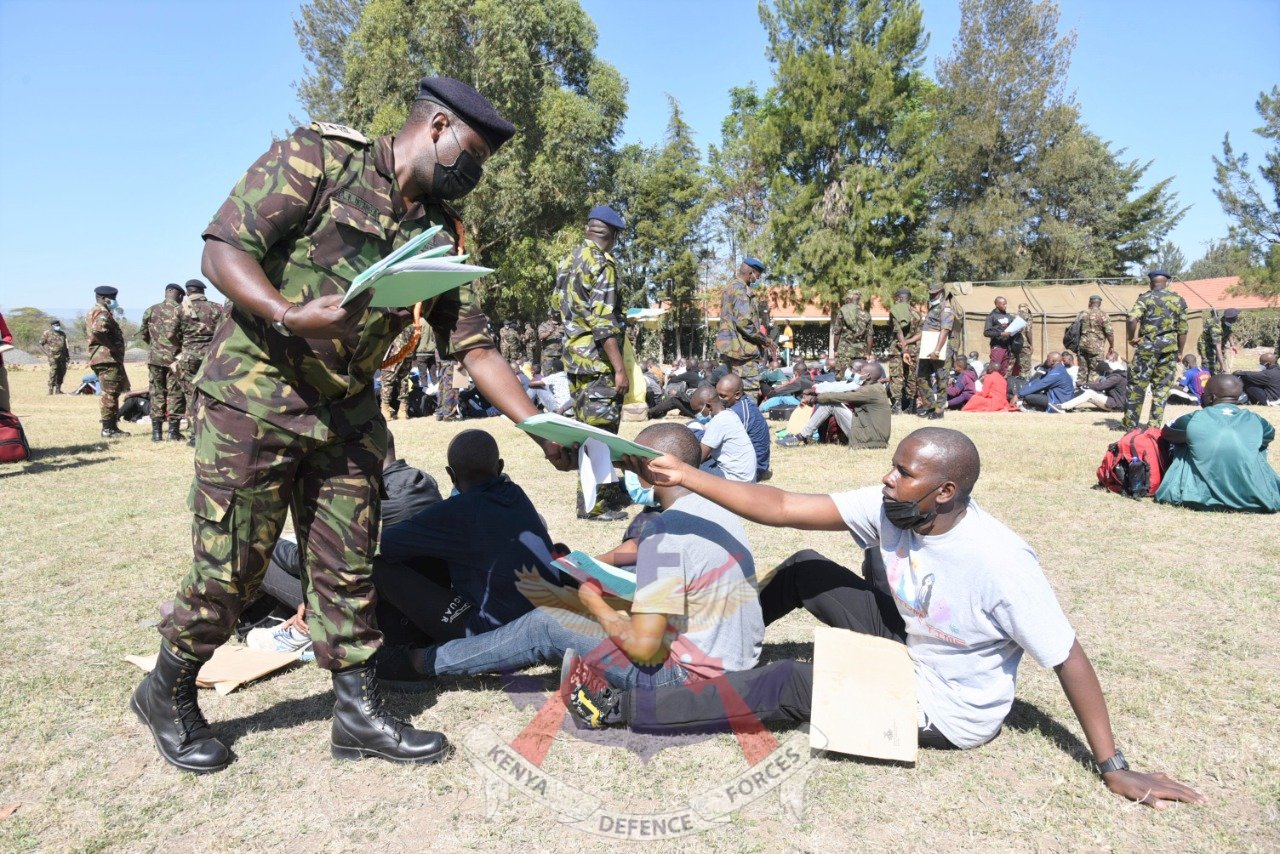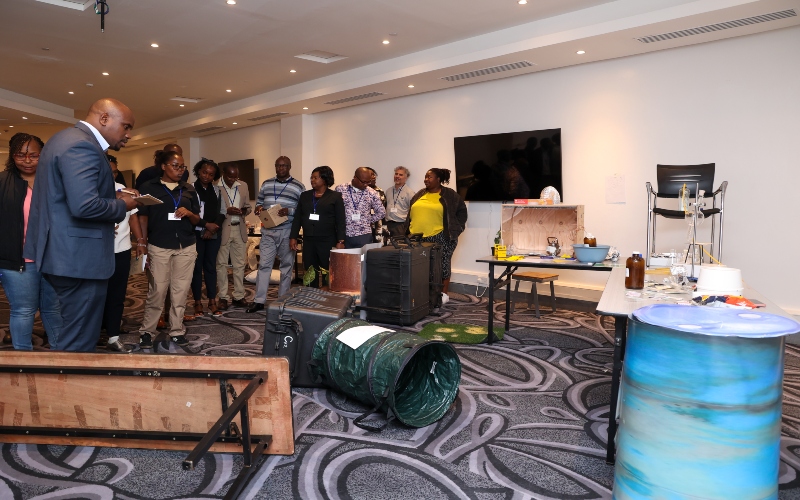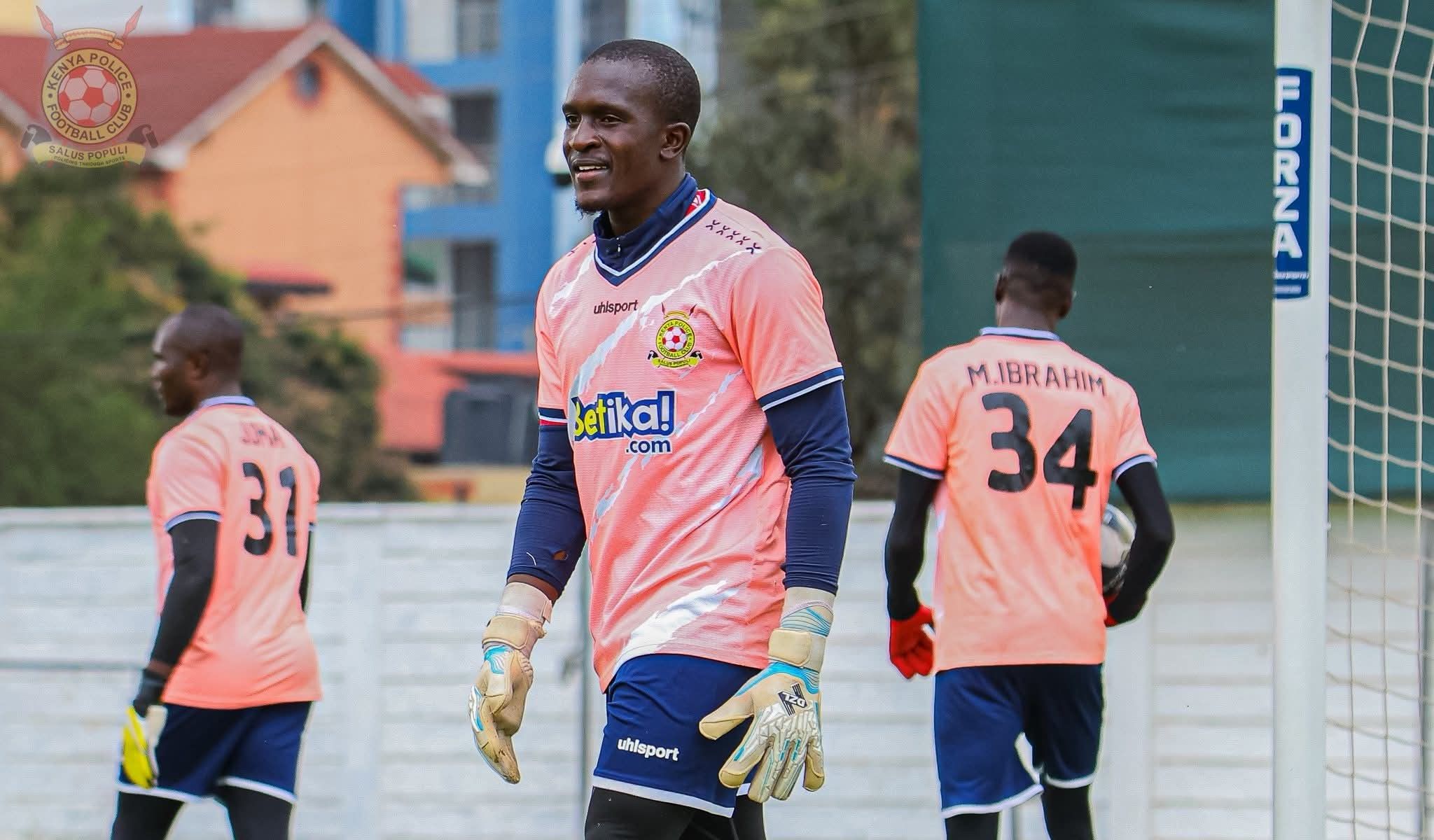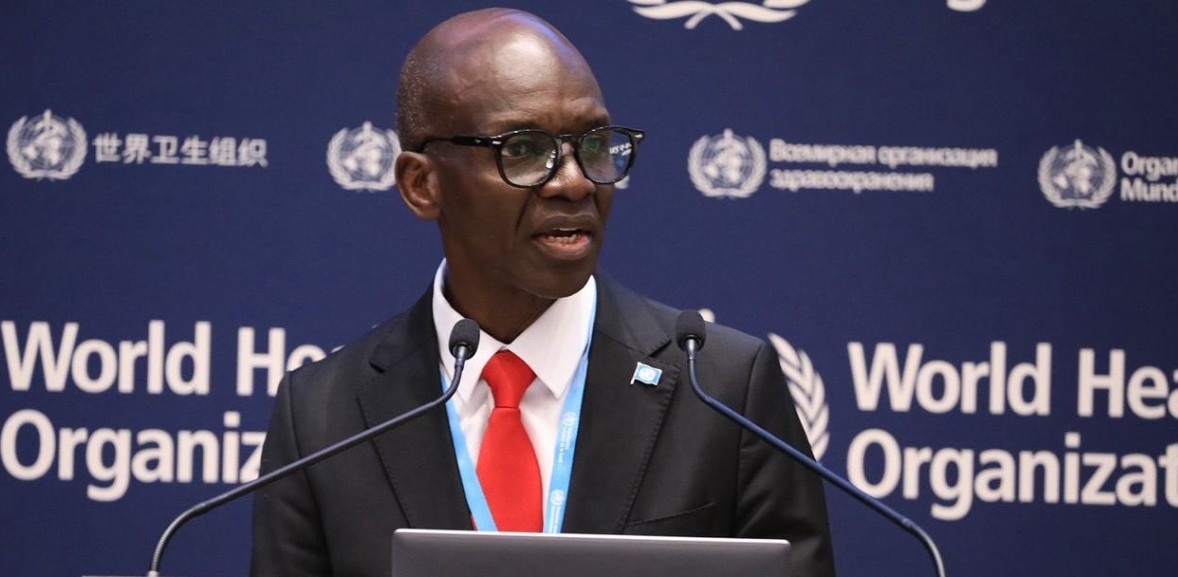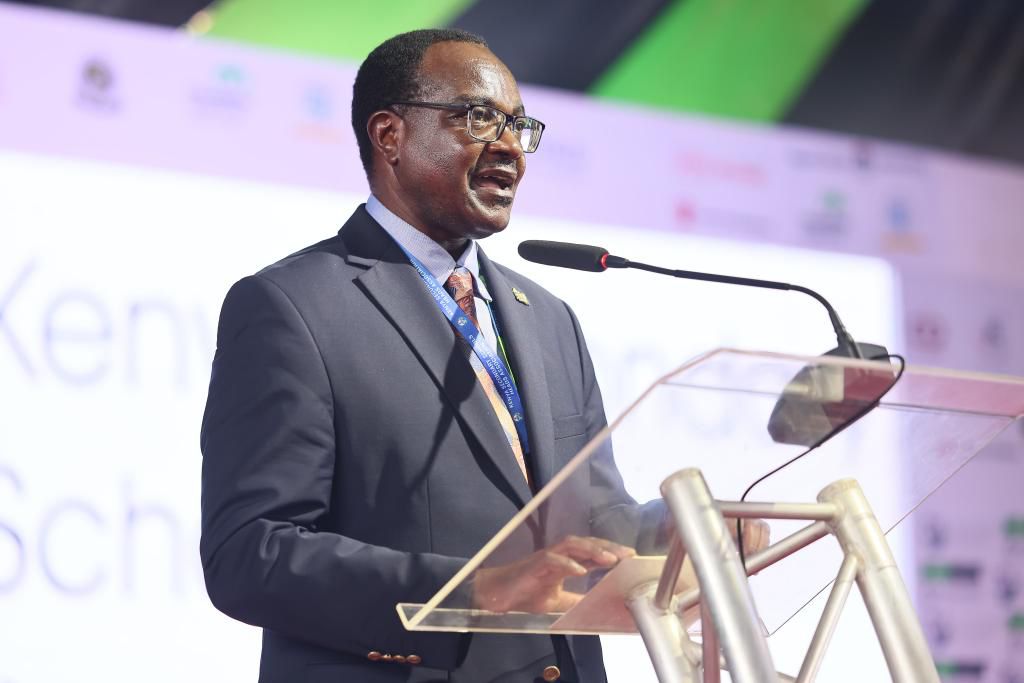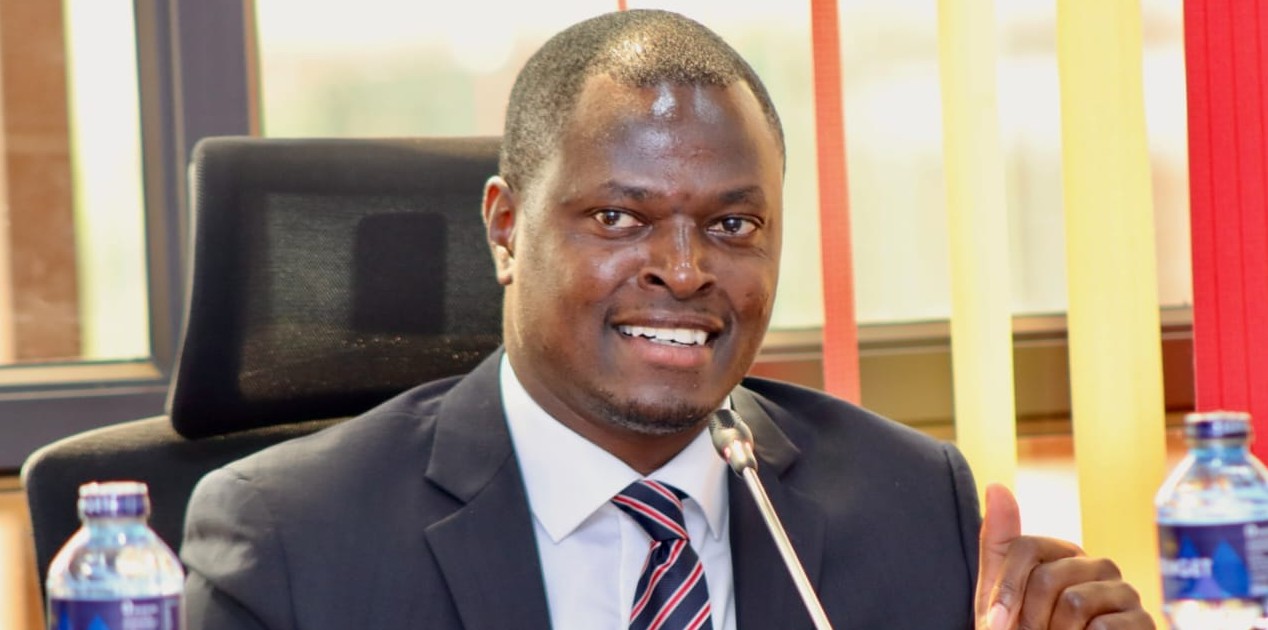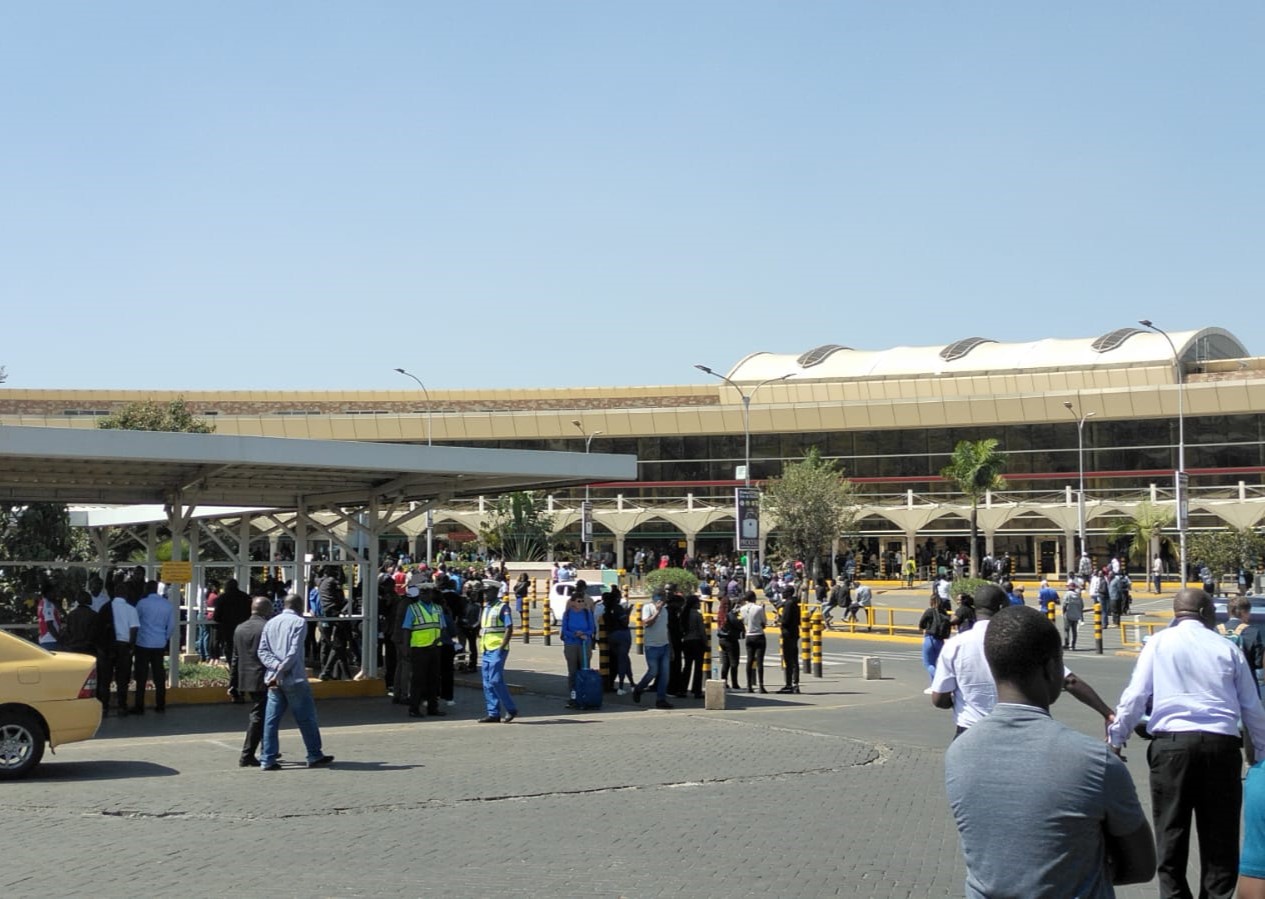Uganda, Kenya express jitters over complete withdrawal of ATMIS troops in Somalia
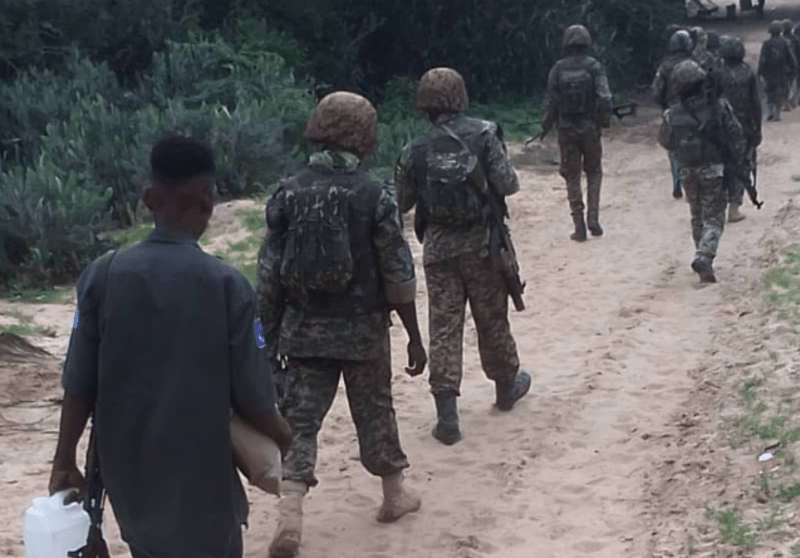
The comments by the two countries come barely weeks after the African Union consented to a request by Somalia to establish a post-ATMIS mission that would commence operations in January next year.
Kenya and Uganda have expressed their reservations over the complete drawdown of African Union Transition Mission in Somalia (ATMIS) troops by December citing a "security vacuum".
The drawdown began in January this year, marking the first phase of a three-phase process scheduled to culminate in December when the last batch of soldiers is expected to leave the country.
More To Read
- Djibouti to deploy more troops to Somalia to counter Al-Shabaab threat
- Trump revives ‘America First’ agenda, declares end to policing Kenya, Somalia
- UK commits $30 million to boost Somalia’s security transition and fight Al-Shabaab
- Somalia secures release of more than 50 nationals held in DRC
- Somalia to begin drilling first oil block in coming months, President Hassan Sheikh Mohamud announces
- President Ruto responds to Uhuru, defends Linda Jamii as maternal health upgrade
Speaking after holding meetings with his Ugandan counterpart Yoweri Kaguta Museveni during his state visit to Nairobi, President William Ruto said the two countries see it necessary to have the complete withdrawal timelines reviewed.
"During my meeting with President Museveni, we expressed concern about the drawdown of ATMIS in Somalia and we urged that the timelines for the drawdown align with the security conditions on the ground in Somalia, not just the calendar that has been laid out," said President Ruto.
He noted that Kenya will work closely with Uganda in addressing security challenges in the region including those in Somalia.
ATMIS began withdrawing its troops from Somalia in June and December last year to pave the way for the Somali National Army and police to take charge of the country's security.
However, during the second phase of withdrawal, Somalia requested a technical halt to give room for its soldiers to recuperate and re-strategise in order to win the onslaught initiated against the Al-Shabaab terror group.
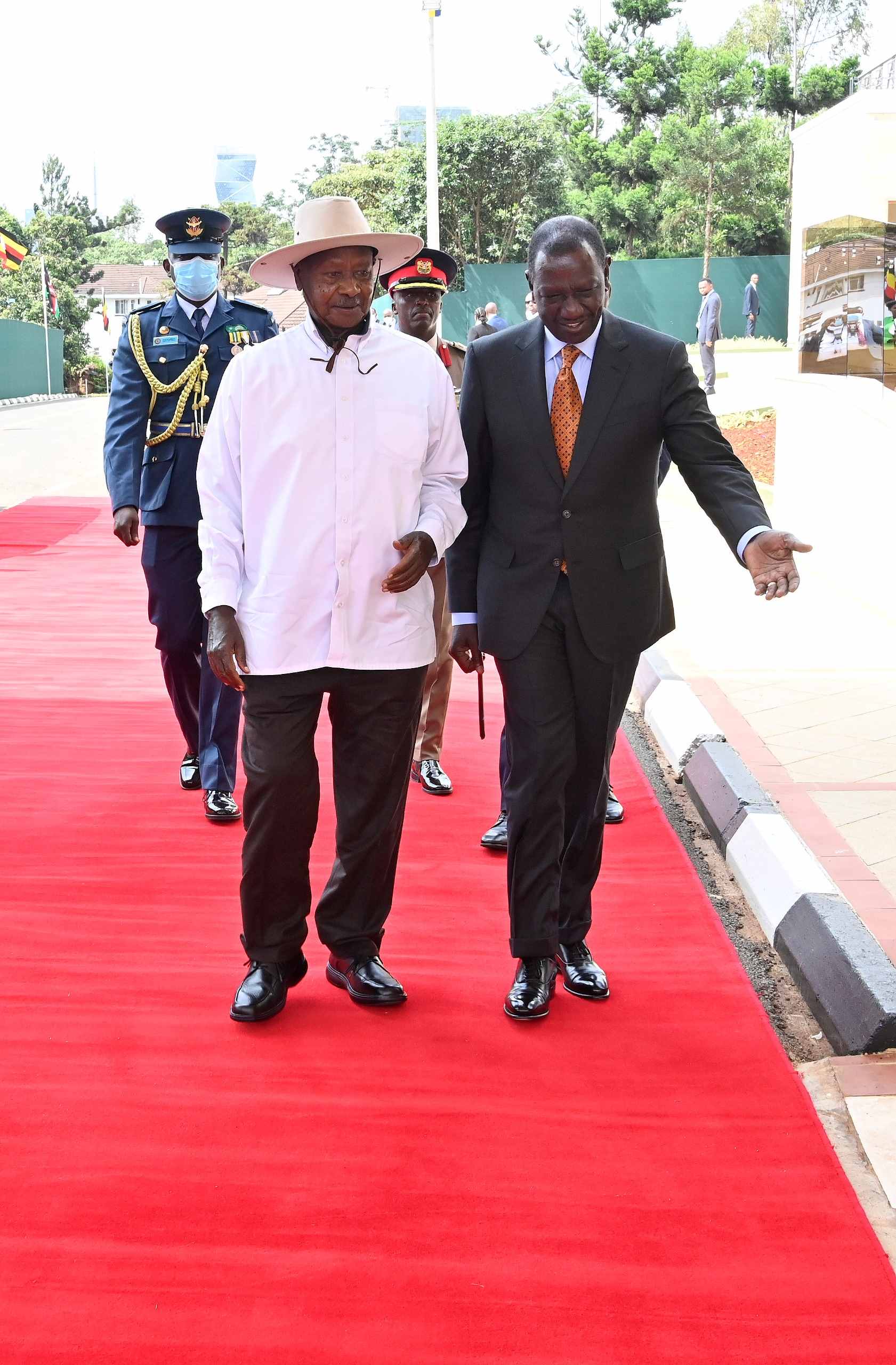 President William Ruto hosts President Yoweri Museveni at State House Kenya on May 16, 2024. (Photo: X/StatehouseUg)
President William Ruto hosts President Yoweri Museveni at State House Kenya on May 16, 2024. (Photo: X/StatehouseUg)
At the time, President Hassan Sheikh Mohamud felt that he needed more time to deal with the difficult task of putting pressure on Al-Shabaab and at the same time generate forces that sustained the momentum that, according to observers, had attained more gains than ever made the last five years.
After a few months of delay, ATMIS completed Phase Two drawdown in February this year, which saw the troops reduced by 3,000 soldiers.
At the time, seven Forward Operating Bases (FOBs) were transferred to the Federal Government of Somalia (FGS) and two others closed.
The FOBs transferred included the State House and Parliament that were handed by Uganda People's Defence Forces in Sector One.
Bio Cadale, Raga Ceel and Qorillow were handed over from the Burundi National Defence Forces in Sector Five.
Burahache was handed over from Kenya Defence Forces in Sector Two and Old Airport from ATMIS Ethiopia National Defence Forces in Sector Six.
The FOBs in Sarille and Old Kismayo Airport were closed – both were from ATMIS Kenya Defence Forces in Sector Six and Two respectively.
Phase 3 drawdown is scheduled for next month and the final exit is by December 2024.
The comments by the two countries come barely weeks after the African Union consented to a request by Somalia to establish a post-ATMIS mission that would commence operations in January next year.
"Acting under article 7 of its protocol, the Peace and Security Council welcomes the proposal by the Federal Republic of Somalia for a post-ATMIS Security arrangement in Somalia, and takes note of a request by Somalia for an AU-led, United Nations authorised peace support operation to replace ATMIS from January 1, 2025," the AU peace and security Council said in a communique last month.
The council noted that the post-ATMIS mission would help continue with capacity-building efforts of the Somali Security Forces to avoid a security vacuum in the country post-ATMIS.
At the same time, the council felt the new team would help sustain the progress made in the fight against Al-Shabaab by the Somali government and the existing ATMIS troops.
It then requested the AU Commission to undertake a comprehensive threat assessment and planning in consultation with the Somalia government, ATMIS troops contributing countries and the United Nations, ahead of the troops' deployment.
Top Stories Today


